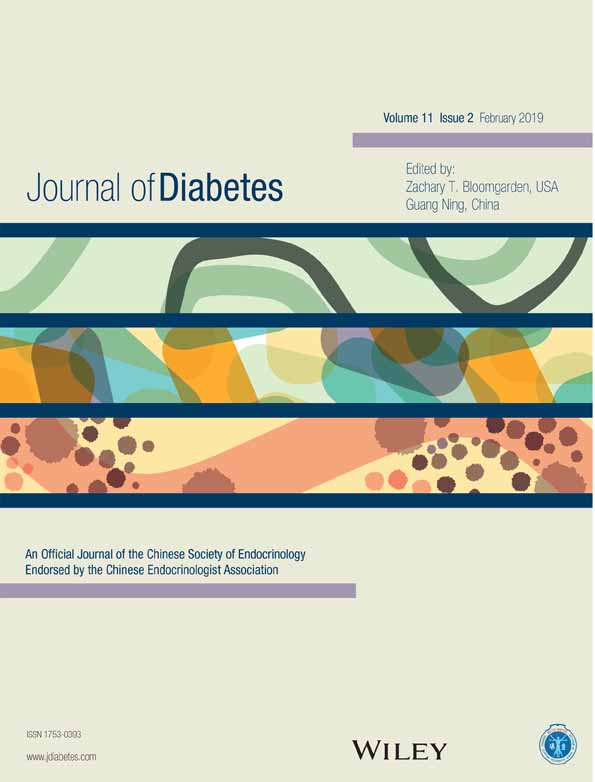Altered brain structural topological properties in type 2 diabetes mellitus patients without complications
无并发症的2型糖尿病患者脑结构拓扑特征的改变
Abstract
enBackground
Type 2 diabetes mellitus (T2DM) is a risk factor for cognitive dysfunction, and white matter (WM) microstructural impairments play a critical role in T2DM-related cognitive decline. Disruptions to the WM have been detected in T2DM patients before clinical diagnosis of cognitive dysfunction. Herein, we investigated changes in brain structural topological properties and their correlation with behavior in T2DM patients without complications.
Methods
Diffusion tensor imaging (DTI) structural network topological analysis was performed on T2DM patients and healthy controls. Intergroup differences in global and nodal parameters were analyzed, and correlations between the network parameters and behavioral performance were tested.
Results
Type 2 diabetes mellitus patients exhibited preserved small-world properties, but altered nodal properties, including decreased efficiency in the right hippocampus, right amygdala, left pallidum, left postcentral gyrus, and right pole of the superior temporal gyrus, and increased degree in the right inferior frontal gyrus. Correlations were also found between the altered global and nodal parameters and behavioral performance.
Conclusions
The results verified the existence of WM structural network changes and the association between structural properties and cognitive state in T2DM patients before the occurrence of complications. Research of structural properties may contribute to our understanding of the intrinsic links between T2DM and cognition.
Abstract
zh摘要
背景
2型糖尿病(T2DM)是认知功能障碍的危险因素之一。脑白质微结构损害与T2DM相关认知功能下降密切相关, 这种脑白质微结构损害可出现于临床上发现认知功能下降之前。在此, 我们研究无并发症的T2DM患者大脑结构拓扑特征的变化及其与认知行为学表现之间的相关性。
方法
对T2DM患者和正常对照人群进行弥散张量成像(Diffusion tensor imaging,DTI)结构拓扑网络分析, 比较网络全局属性和节点属性的组间差异, 并进行网络属性和行为学表现之间的相关性分析。
结果
T2DM患者仍存在脑结构网络小世界属性, 但节点属性发生改变:包括右侧海马、杏仁核、颞上回颞极和左侧苍白球、中央后回的节点效率下降;右侧额下回节点度增加。同时, 全局及节点属性改变与行为学表现存在相关性。
结论
本实验结果证实T2DM患者尚未出现并发症阶段即可出现脑白质结构网络改变, 且结构网络属性与认知状态存在相关性。研究结构网络属性将有利于揭示T2DM与认知功能改变之间的内在联系。




